When traveling for a long time, tires will appear damaged, and the most common problem is tire puncture. In this case, tire patching is an effective method that helps save both time and money.
So, how long does a patched tire last? Patch tires typically have an average lifespan of 7-10 years or more. This number is only approximate if you follow the procedure correctly!
The next section of the article will analyze more deeply for you to have more detailed and helpful information. Let’s check it out!
How Long Does A Patched Tire Last?If a tire is patched and repaired according to standard procedures, it can last for 7-10 years. Depending on the use of different one patching methods, the time is not the same, but it is not too much difference that the distance exists.
To use it for a long time, you need to keep quite strict rules, such as avoiding collisions in dangerous places, not driving too fast, and not patching the top twice. It can cause the car to have more severe speed problems than a sudden explosion that is dangerous in traffic in the long run.
The advice is to go to a reputable maintenance center to have the staff consider the most suitable car repair plan.
Types Of Repairs And Their DurationThere are three ways to patch tires to ensure safety standards when performing.
PatchThe way to increase the success rate when patching the car is to observe closely and determine the wound’s correct position.

This process takes about 20-30 minutes, and it can take longer depending on the severity of the wound. According to the manufacturer, the shelf life ranges from 7 to 10 years.
PlugNext is to use the plug to repair the tire. The method essence is to use an adhesive that can be to the size that fits the hole to prevent gas leakage to the outside. However, car tire companies do not agree with the above usage.
Over time, factors from the environment air cause the tire and plug to change, losing the protective shield so that the wound will return to its original state.
The corrosion of oxygen causes the loss of the steel belt, destroys the structure, and causes the separation to be dangerous for the user.
Repair Patch-PlugCombining patching with both methods increases the success rate of the repair.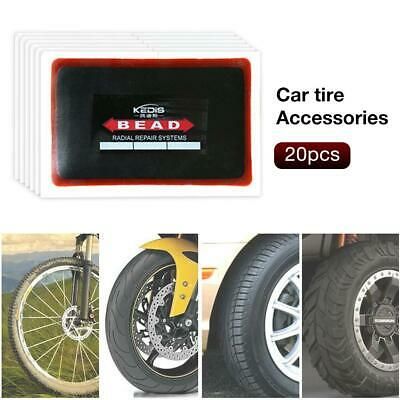 The way to do it is quite a lot of steps, perform the following stages:
The way to do it is quite a lot of steps, perform the following stages:
Thus, both plugging and patching the rubber will ensure airtightness at the wheel, which experts recommend is the most robust reinforcement method.
Watch this video for extended:
Is It Safe To Drive With A Patched Tire?There is no need to worry too much about safety when driving with patched tires.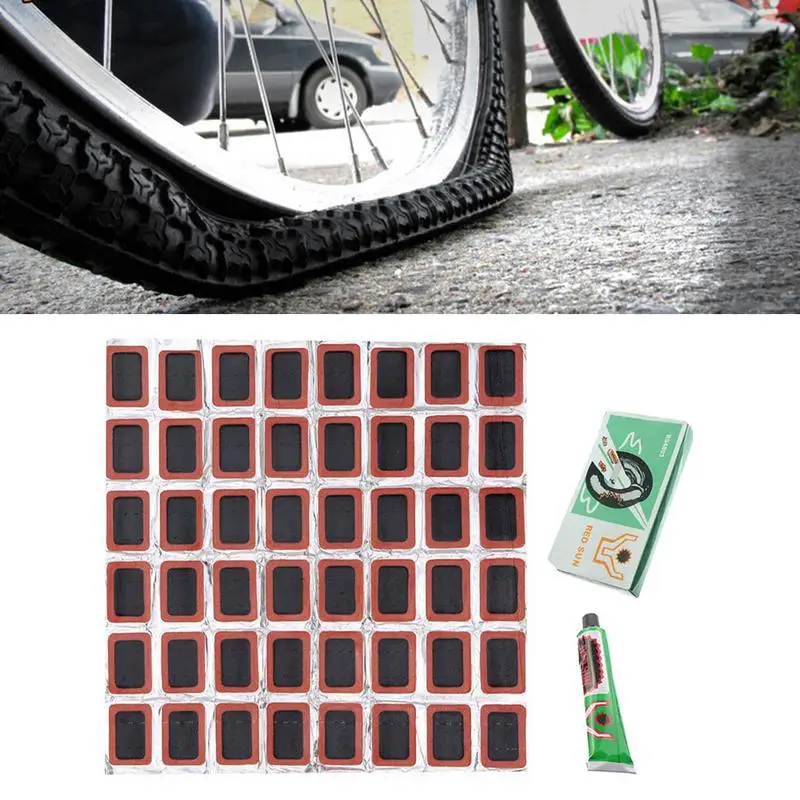 Instead of opting for a long run on a spare one or a flat tire, we can confidently tell you it’s a lot more secure.
Instead of opting for a long run on a spare one or a flat tire, we can confidently tell you it’s a lot more secure.
Once patched, it will return to function as a regular one even when traveling on rough roads.
However, to be longer and safer, we recommend limiting. If you often drive at fast speeds, you should change new tires to be sure.
In addition, instead of repairing it yourself or going to the centers with professional skills to get the best support.
Are Patched Tires Good?The answer is yes. While not entirely comparable to a new one, it will be better when traveling on a flat or spare tire.
The patched model has wholly prevented the risk of gas entering the interior, restoring the functions of a regular wheel for at least five years. So don’t worry, feel free to use the wheel like that.
Can A Tire Be Patched Twice?If the gap between the holes is not less than 16 inches, it is possible. However, car manufacturers still recommend that you do not patch more than twice, fix the location too close to each other to ensure as much safety as possible.
At regular intervals, please observe whether the used one has a condition of inflated or damaged in time to prevent it.
How Fast Does The Patch Dry?The patches will dry quickly; leave on for about 30 minutes to check for peeling. If this process is less than the above hours, one is that the glue you are using is not good, the other is that the method of patching is incorrect.
It is necessary to carefully check the condition of the inside and outside after the patch is done. Otherwise, you will have to lose money again.
ConclusionThere will be many ways to deal with a punctured tire; whether you change a new one or have a patch are all great ideas. But if you can choose, the second way sounds better.
Although changing tires is the best thing to do to keep the car moving safely, the patching method can save time and ensure enough quality factors.
In the above article, we have provided you with the necessary information related to the problem of patching tires. Hopefully, the above article will provide all the required information. Thank you for reading!
Hopefully, the above article will provide all the required information. Thank you for reading!
Alvin Reyes
Alvin Reyes has expertise in automotive evaluation. He collaborated with famous newspapers and is still making efforts in tire review for DrivingPress.com
This post was last updated onA punctured tire while in traffic is an annoying thing. Each case will have different treatment methods. However, users choose the technique of plugging or patching that is the most popular because it helps to completely overcome the situation of a punctured tire quickly and saves money.
So, is plugging a tire safe? This measure is only a temporary fix, and it will not be safe on a long road. But, it’s possible for you to try to stay on the short one.
Scroll down, and learn more about this topic in the article below.
The tire plug method has been confirmed by experts to be effective.
The working principle is to use a specialized wire to seal the vent hole. The particular substances in the cord are solid, and they can automatically contract or expand very quickly, a way that helps to adapt to any shape of the hole.
However, this fix is not recommended by many people. Why?
Manufacturers only recommend using the plug cord as a temporary solution despite the miraculous effect before taking long-term repair measures. The reason comes from the objectivity of the items; they have shown that many potential dangers surround the problem.
Specifically, environmental influences such as air and moisture will penetrate the body to degrade and destroy the wheel structure, causing dangers.
Over time, by the state of corrosion that will weaken the steel wheel belt, the rubber tires bonded to increase impact. Another risk when repairing a puncture with a plug is damage to the inner wheel body.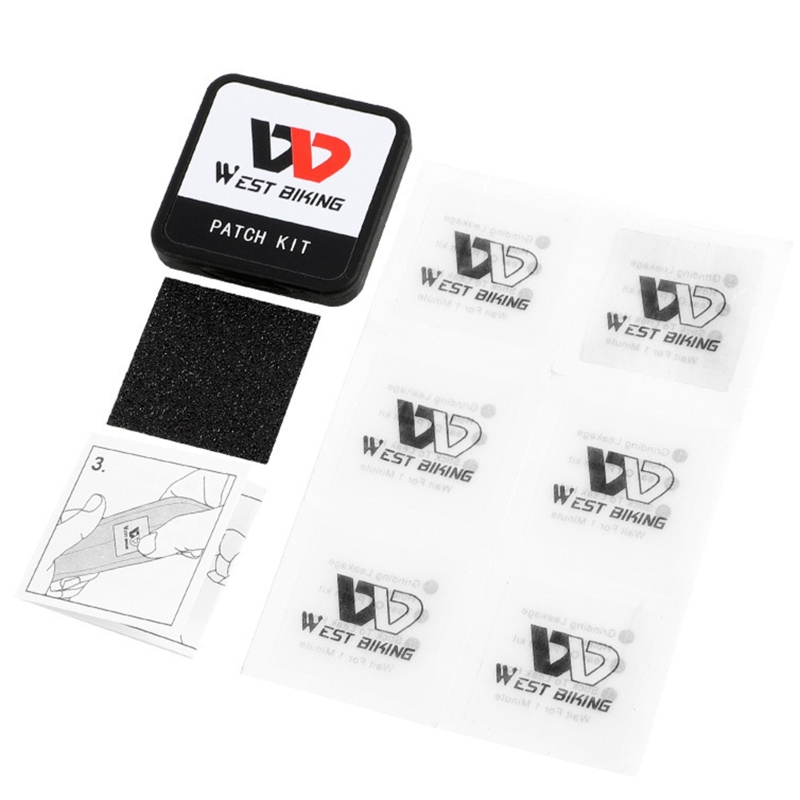 You can’t tell what damage is there with the naked eye.
You can’t tell what damage is there with the naked eye.
But you absolutely should not confuse effectiveness with risk. It is pretty safe for you to use a plug to repair a punctured tire if you are moving the vehicle for a short distance. Consequences and risks are situations that occur in the future.
What To Do When You Have A Flat Tire?There are many definite causes of tire damage, including hitting sharp objects, worn tires. If you maintain the condition above the pressure, it may cause the tire to fail. If the vehicle cannot be repairable immediately, use the measures:
Tire plugIt will be pretty convenient if you have experience in the profession. The process is quite simple:
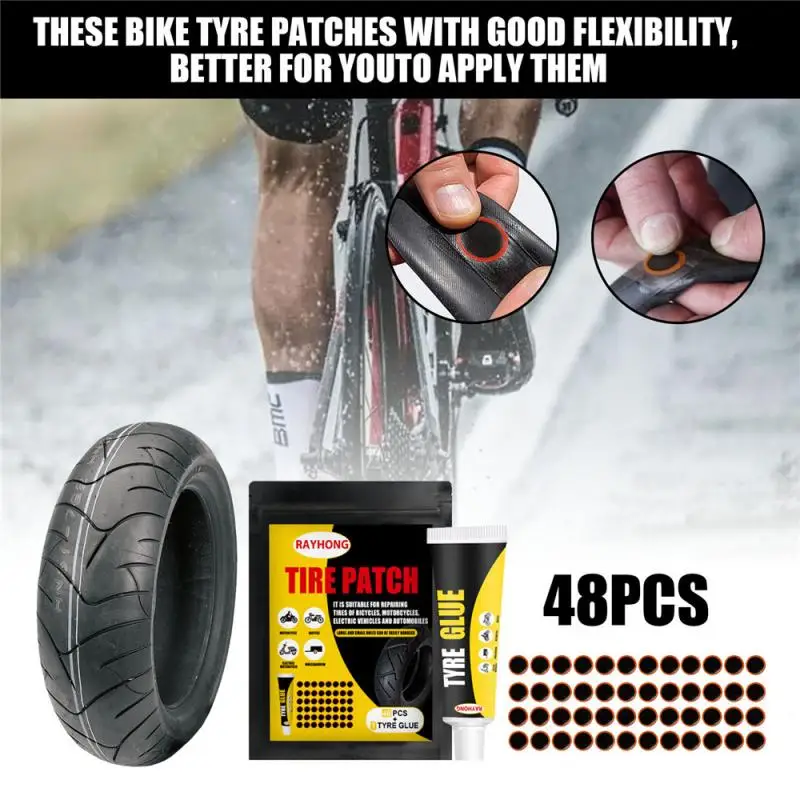 Be careful because the air valve is quite fragile.
Be careful because the air valve is quite fragile.For detailed guides, check out this video below:
It is a temporary solution.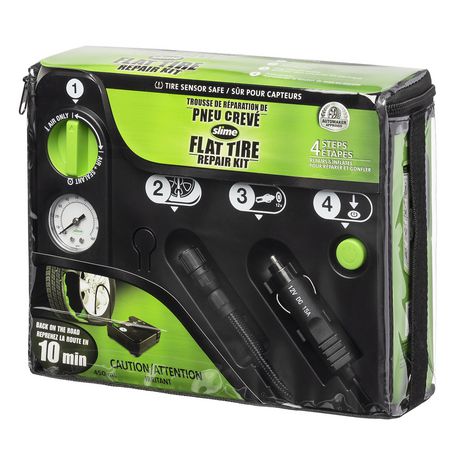 If you want to use it for a long time, regularly check the quality of the tires to control the condition the wheel is having.
If you want to use it for a long time, regularly check the quality of the tires to control the condition the wheel is having.
The second way to repair a wheel is to get a new one. It is a great solution, ensuring the safest for you. Although the money you have to spend is quite expensive, it comes with a guarantee of the features of a wide tire, minimizing the risks you are facing.
Is Plugging A Tire A Permanent Fix?No, we’ve emphasized quite a few times that a plug is only a temporary solution before you can change the wheel or have a more permanent fix.
It would help if you understood that the vent plug is designed for temporary use only, as it tends to leak over time, releasing the air through the hole when traveling at high speeds.
Besides, the plug wire can be soaked in water, rusting and damaging the entire wheel structure.
When Should You Not Plug A Tire?The cases in which you should not plug the models are as follows:
Patches are often more effective than plugs, at least in timing.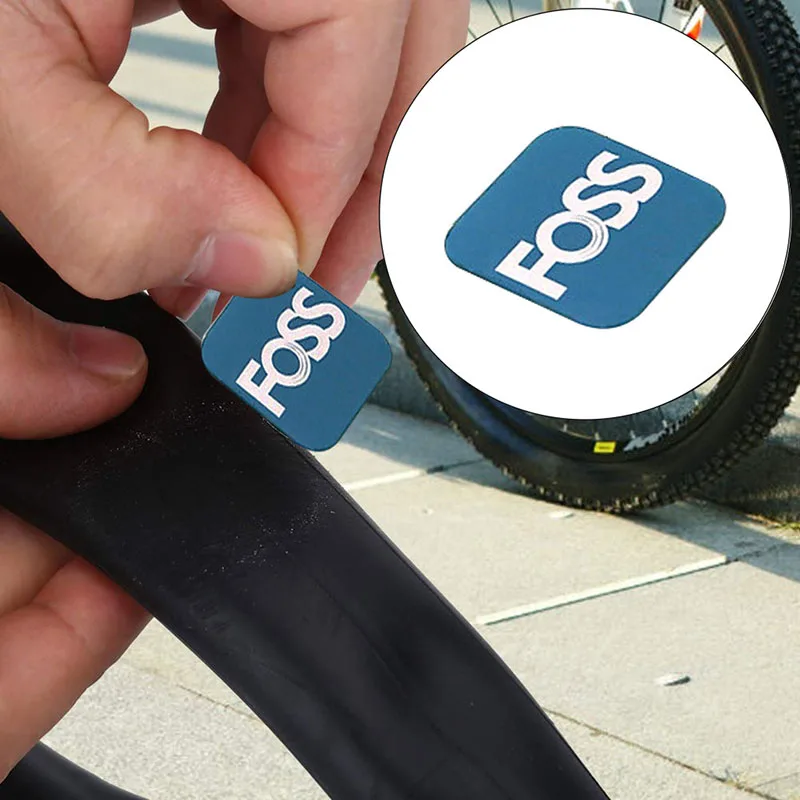
A plugged-in model is only safe to travel for 8 miles so that you can move the car farther, longer with the patch repair option.
Patches are usually less affected by the environment, so the life of a punctured one when patched can be up to 7-10 years with careful maintenance.
How Long Do You Wait After Plugging In The Model?You need to wait more than 5 minutes. When the adhesives are completely dry, the plug is firmly fixed at the mouth of the hole to ensure that water and moisture cannot penetrate so that you can drive with peace of mind.
ConclusionIn this article, we have presented the knowledge related to car repair with the tire plug method. We hope to help you when encountering this situation.
Thank you, and see you in our next update!
Alvin Reyes
Alvin Reyes has expertise in automotive evaluation. He collaborated with famous newspapers and is still making efforts in tire review for DrivingPress.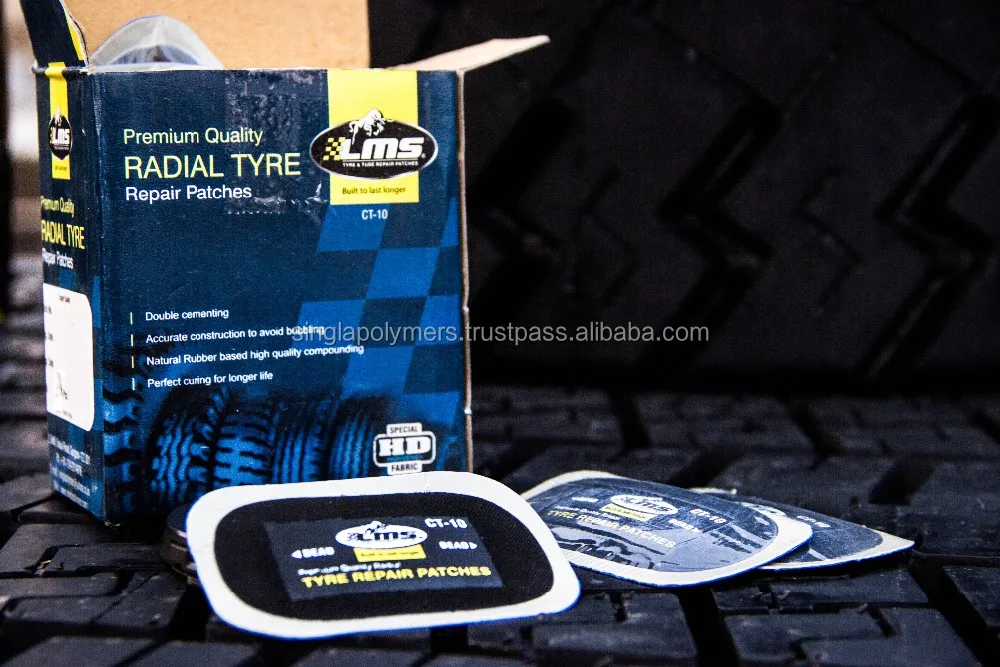 com
com
Komsomolskaya Pravda
Social Ecology: People and Delath-Ecology and Industry: Volunteering
Ilyina
December 5, 2018 10:44
Eco-project organizers plan to give old tires a second life.
More than a million tons of used tires are thrown away in Russia every year, of which only 20-25% is recycled safely for the environment Photo: Oleg RUKAVITSYN
Since January 1, 2019, tire dumping in Russia is officially prohibited, which is logical and correct. Tires that have served their service life decompose in the ground for more than a hundred years, polluting the soil and groundwater. In Russia, more than a million tons of used tires are thrown away every year, of which only 20-25% is recycled safely for the environment.
The aim of the project is to clean up the environment from large illegal dumps of old car tires.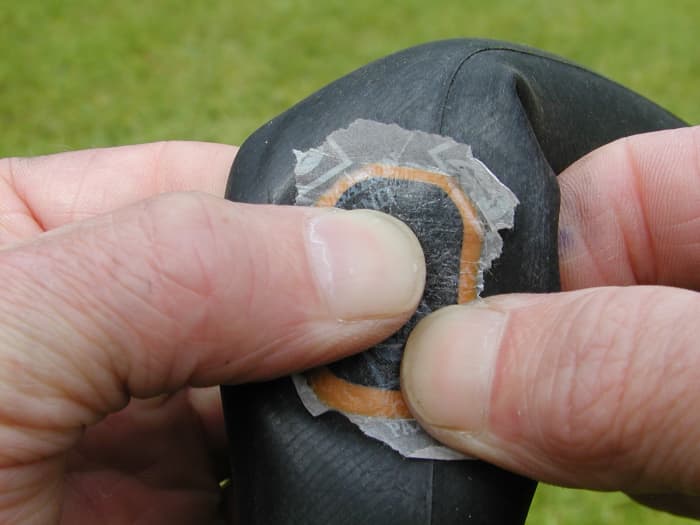 All collected tires will be recycled at specialized enterprises and will gain a second life: they will become rubber crumb in the coatings of children's or sports grounds, they will be included in roofing materials or bituminous mastics, they will become a drip irrigation system or other types of products.
All collected tires will be recycled at specialized enterprises and will gain a second life: they will become rubber crumb in the coatings of children's or sports grounds, they will be included in roofing materials or bituminous mastics, they will become a drip irrigation system or other types of products.
In order for the tire dump to be liquidated in your region, it is enough to send an e-mail to [email protected] the exact address of the dump (with a map or coordinates), photos of the dump (several angles to confirm the volume, this is important for preparing the right transport ), as well as specify contacts for communication.
Anyone can report landfills: regional and municipal authorities, environmental authorities, public environmental organizations, volunteer associations, caring citizens. The organizers will reward the most active eco-volunteers.
It is important to emphasize that within the framework of the project, dumps of old tires with a volume of at least 10 tons (car truck) are eliminated. This is about 250 truck or 1000 car tires. Tires should not be mixed with soil, construction or municipal waste, otherwise they simply cannot be recycled. Both passenger and truck tires with a diameter of up to 1.3 meters will be recycled.
This is about 250 truck or 1000 car tires. Tires should not be mixed with soil, construction or municipal waste, otherwise they simply cannot be recycled. Both passenger and truck tires with a diameter of up to 1.3 meters will be recycled.
Age category of the site 18+
Online publication (website) registered by Roskomnadzor, certificate El No. FS77-80505 dated March 15, 2021
CHIEF EDITOR OLESIA VYACHESLAVOVNA NOSOVA.
EDITOR-IN-CHIEF OF THE SITE - KANSK VICTOR FYODOROVICH.
THE AUTHOR OF THE MODERN VERSION OF THE EDITION IS SUNGORKIN VLADIMIR NIKOLAEVICH.
Messages and comments from site readers are posted without preliminary editing. The editors reserve the right to remove them from the site or edit them if the specified messages and comments are an abuse of freedom mass media or violation of other requirements of the law.
JSC "Publishing House "Komsomolskaya Pravda". TIN: 7714037217 PSRN: 1027739295781 127015, Moscow, Novodmitrovskaya d. 2B, Tel. +7 (495) 777-02-82.
2B, Tel. +7 (495) 777-02-82.
Exclusive rights to materials posted on the website www.kp.ru, in accordance with the legislation of the Russian Federation for the Protection of the Results of Intellectual Activity belong to JSC Publishing House Komsomolskaya Pravda, and do not be used by others in any way form without the written permission of the copyright holder.
Acquisition of copyright and contact with the editor: [email protected]
We will answer your question
We are open around the clock
24 hours a day
week
This has happened to most of us. You are driving to your destination with a load, or you are driving home and puncture a tire. Naturally, you stop and think - what to do with the puncture. The tire must be dismantled and delivered to a tire repair shop (a truck tire shop on Dmitrovskoye Shosse) to check, rubber does not always need to be replaced.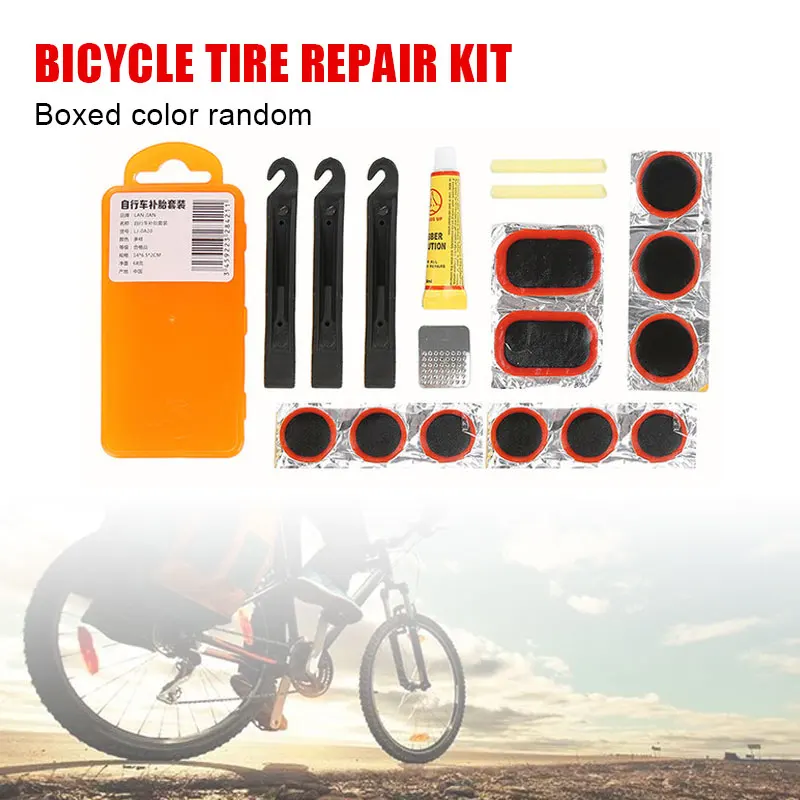 Depending on where the puncture is located, as well as the nature and extent of the damage, the tire may well get by with only a small repair.
Depending on where the puncture is located, as well as the nature and extent of the damage, the tire may well get by with only a small repair.
A tire can be repaired if it is punctured in the area where a puncture can be repaired: the sidewall and shoulder of the tire must not be repaired and the puncture does not exceed 1 cm in diameter. Repair areas do not overlap or damage is not directly opposite each other.
From the inside out, a rubber rod is pulled through the puncture site, covering the inside of the tire. The puncture site is polished from the inside, then a special vulcanizing glue is applied. Then, a patch is applied to the inner pad (over the puncture area), causing a chemical reaction.
The puncture site is polished from the inside, then a special vulcanizing glue is applied. Then, a patch is applied to the inner pad (over the puncture area), causing a chemical reaction.
Finally, the tire is placed back on the rim, inflated to the correct tire pressure, and the repair checked for leaks. All procedures take 60-90 minutes, in many services cashless payments are available today.
If a tire is damaged in any way outside the “repair area” of the puncture, it cannot be repaired safely. Professional repair of a truck tire (Dolgoprudny city) is limited to the middle or tread area of the tire - this is the area from the center of the tread to the area approximately at a distance of 3 to 5 centimeters from each shoulder (towards the sidewall). For most tires, the puncture repair area can also be identified by the first major groove on both shoulders.
If there is a noticeable bulge on the sidewall of the tire, it is a bulge, most likely the tire has been damaged by hitting a curb, pothole, or other surface imperfection.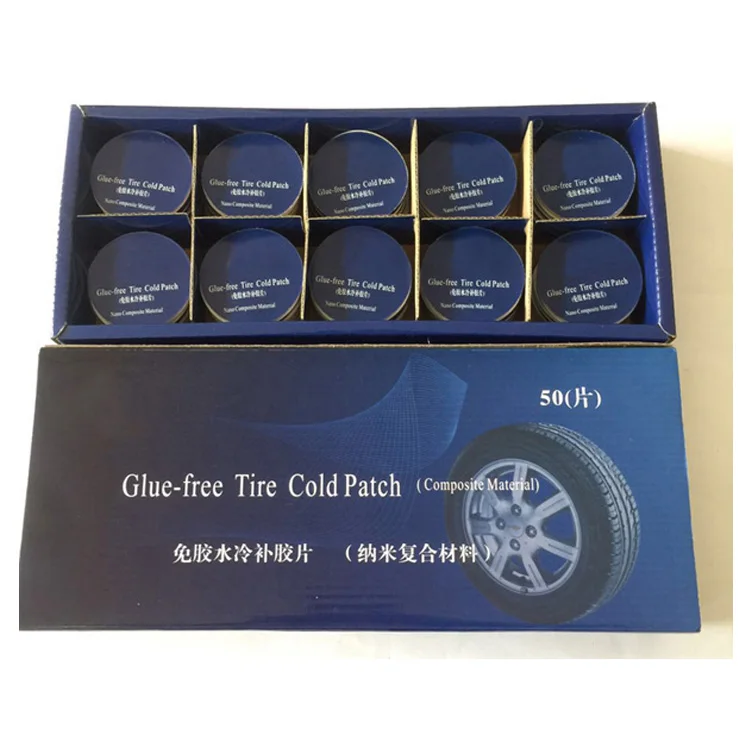 The resulting bulge or "bubble" on the sidewall is beyond repair and unfortunately the tire must be retired from service.
The resulting bulge or "bubble" on the sidewall is beyond repair and unfortunately the tire must be retired from service.
Specific repair limits should be based on the tire manufacturer's repair recommendations or policy or the type of tire service (eg CAO tire service).
The only way to properly repair a tire is to remove it from the rim so it can be inspected from the inside, remove the damaged material, fill the voids with rubber, and seal the inner lining with a repair tool.
